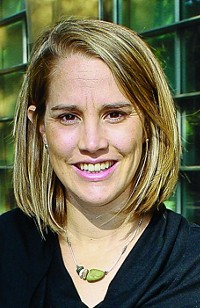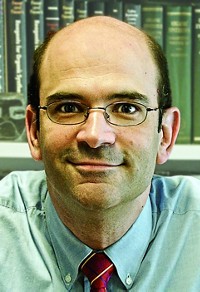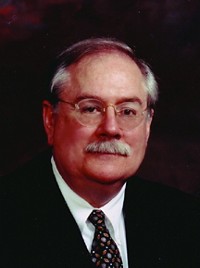Advertisement
Grab your lab coat. Let's get started
Welcome!
Welcome!
Create an account below to get 6 C&EN articles per month, receive newsletters and more - all free.
It seems this is your first time logging in online. Please enter the following information to continue.
As an ACS member you automatically get access to this site. All we need is few more details to create your reading experience.
Not you? Sign in with a different account.
Not you? Sign in with a different account.
ERROR 1
ERROR 1
ERROR 2
ERROR 2
ERROR 2
ERROR 2
ERROR 2
Password and Confirm password must match.
If you have an ACS member number, please enter it here so we can link this account to your membership. (optional)
ERROR 2
ACS values your privacy. By submitting your information, you are gaining access to C&EN and subscribing to our weekly newsletter. We use the information you provide to make your reading experience better, and we will never sell your data to third party members.
Synthesis
2014 Arthur C. Cope Early Career Scholars Award: Seth Herzon
by Jean-François Tremblay
March 17, 2014
| A version of this story appeared in
Volume 92, Issue 11
Seth B. Herzon, professor of chemistry at Yale University, finds simple solutions to extremely complex problems in the field of natural product total synthesis. Among his achievements, the 34-year-old scholar has completed the total syntheses of lomaiviticin aglycon, in only 11 steps, and developed general strategies to access families of complex alkaloid natural products.
Herzon’s research spreads across multiple fields including synthesis, biosynthesis, chemical biology, and organometallic chemistry. His synthetic work on lomaiviticins, for instance, led him to problems in natural product isolation.
“He not only completed the syntheses [of lomaiviticins] but went on to conduct biosynthetic studies, new natural product discovery (in his lab!), semisynthesis to solve the supply problem, unequivocal structure elucidation (both absolute and relative stereochemistry), and detailed biological follow-up” as well as the study of structure-activity relationships, reports Phil S. Baran, a professor in the department of chemistry at Scripps Research Institute California who studies synthesis and natural products.
Herzon has also found new approaches to natural products with clinical utility. His 2011 synthesis of huperzine A—a compound that may be useful in treating Alzheimer’s disease—was “brilliant,” says another academic familiar with Herzon’s work. “The key cyclization in Seth’s construction is a beautiful and nonobvious palladium-mediated reaction that still amazes me.” The synthesis is scalable and serves as the basis for a manufacturing process that is currently under development.
Herzon earned a Ph.D. in chemistry from Harvard University in 2006. Another scientist acquainted with Herzon’s graduate research says that his Ph.D. dissertation was a “tour de force.” With Andrew G. Myers, professor of chemistry and chemical biology, he “completed total syntheses of daunting structures, including stephacidin B and avrainvillamide,” adds this observer.
From 2006 to 2008, Herzon was a National Institutes of Health postdoctoral fellow at the University of Illinois, Urbana-Champaign. Working with John F. Hartwig (now at the University of California, Berkeley), Herzon developed a reaction now known as hydroaminoalkylation, which involves the metal-catalyzed addition of amine α-C–H bonds to unactivated alkenes. The reaction had been reported in the literature several decades ago, but it had until then not been refined enough to make it useful for synthetic chemists.
Herzon joined the Yale faculty in 2008 as an assistant professor of chemistry. There, “he has established fantastic momentum in the heart of organic and organometallic chemistry,” says a chemistry professor at a prominent university.
Herzon tells C&EN he could not have been so successful without the help of colleagues, mentors, and graduate students. “I am very fortunate to have had the opportunity to work with two outstanding mentors who cultivated my research interests and provided models to aspire to,” he says. “Most importantly, I have had a cadre of outstanding graduate students and postdoctoral fellows who have risen to meet the challenges we have encountered.”






Join the conversation
Contact the reporter
Submit a Letter to the Editor for publication
Engage with us on Twitter